Before introducing caps/berets in military units, campaign hats were used to distinguish service branches. Presented by Robert Baden-Powell, campaign hats are still in the modern world being used by different army and law enforcement units as part of their uniforms. In today’s article, we will have a detailed background check concerning the popular campaign covers.
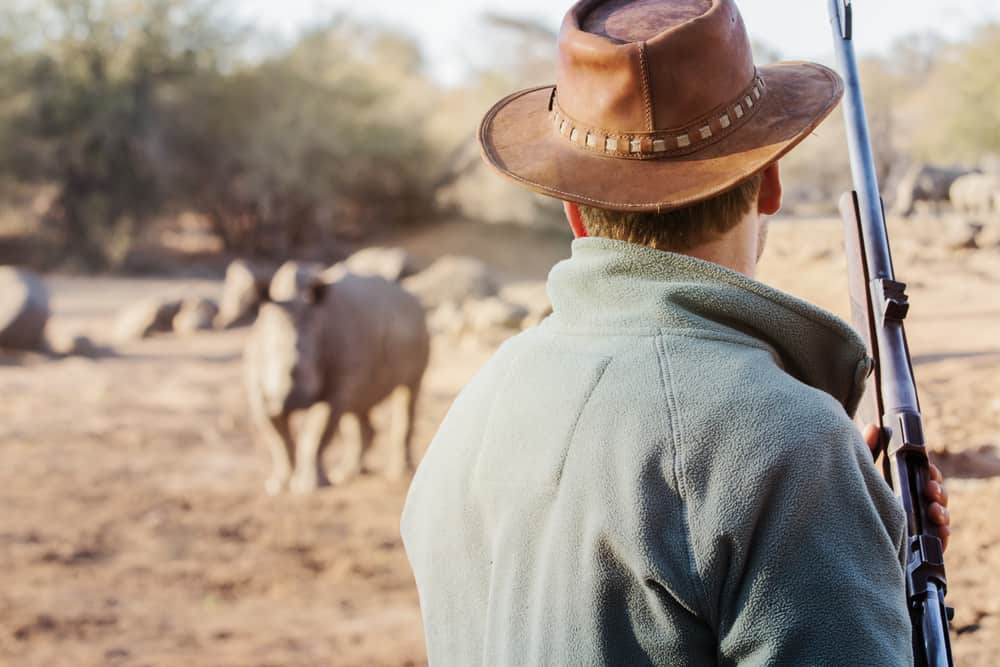
- Campaign hats are ensembles mostly worn as part of a uniform, especially by scouts, park rangers, police personnel, and army groups.
- A campaign hat is a broad-brimmed felt hat with four dents and a pinched high crown.
- It is also referred to as campaign cover, drill sergeant hat, Smokey bear, Mounties’ hat, lemon squeezer, Montana Peak, drill instructor cover, scouts hat, and ranger hat.
Campaign hats have been for the most extended period identified as popular official headgear for high-value persons. The hat is associated with the Royal Canadian Mounted police, United States military drill instructors, New Zealand Army, and state police forces.
Do you usually confuse the different forms of campaign hats? Keep intact as we unveil more about the features of the campaign hats. For example, Ranger campaign hats featured a mascot Smokey Bear and a cartoon on their logo. You must have seen these campaign hats in movies that incorporate sheriff cops.
Campaign hats differ from cowboy hats and slouch hats. Some people may refer to the campaign hat as Stetson because Stetson Company was the typical manufacturer of the headgear in the late 19th century. A cowboy hat is a type of Stetson hat that is crafted to feature different brim and creases.
Current Usage
Royal Canadian Mounted Police
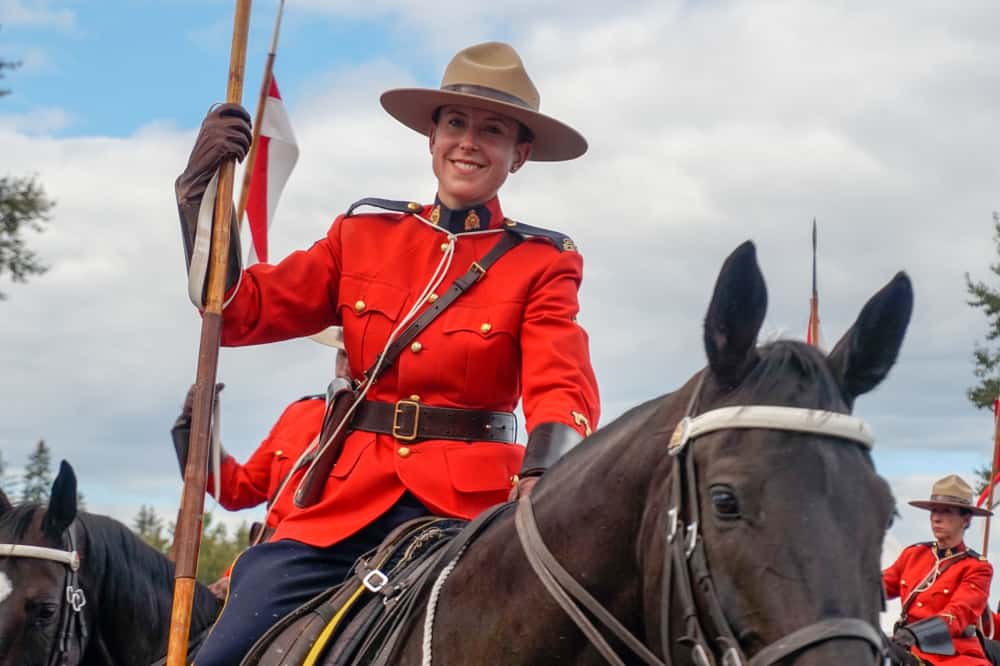
Formerly recognized as the North-west Mounted Police, the Royal Canadian Mounted police still retain the headgear as part of their official dress uniform. However, within Canadian cavalry units, south African Constabulary, and Canadian scouts, the hat was phased out by the service dress cap.
New Zealand Army

New Zealand army uniforms blend the historic British pattern. The official uniforms retain the felt campaign hat (Lemon squeezer). The official headgear is nationally distinct and visible as it integrates a high crown and deep indentations on the four sides.
The highly distinguished headdress was adopted in 1912 by the Wellington Regiment. Different campaign hats encompass varying features to differentiate branches of service. The campaign hats integrate badge insignia and colored wide bands (puggarees) around the base of the crown.
Cadet Officers and New Zealand Army Band wear campaign hats with a scarlet and blue full dress uniform. The different patterns of campaign hats are also blended for ceremonial dressing. The color guards also retain the headgear.
The United States Armed Forces
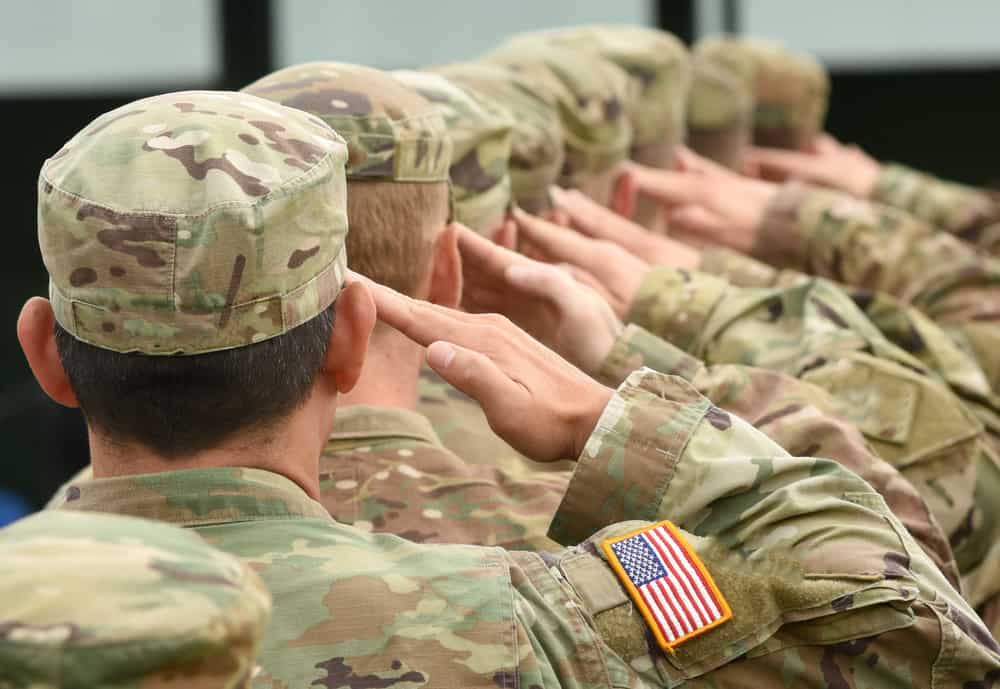
The United States Army still retains the campaign hats within some of its service branches. For example, United States Army drill sergeants wear a campaign hat that features olive drab in color with a Great golden seal of the U.S on a disc centered on the front.
Infantry drill sergeants wear olive drab campaign hats with a blue disc behind the seal. Marine cop instructors and Primary Marksmanship instructors wear olive drab campaign hats with a Matte black Eagle, Globe, and anchor centered on the front.
Marine Corps officers wear a scarlet and gold cord around their campaign covers, whereas Marine generals wear a solid gold cord around their campaign hats.
Male U.S Air Force military training instructors wear navy blue campaign covers with the Great seal of the United States centered on the front entailing a ring in silver color. Female counterparts wear slouch hats.
Highly qualified Air Force military training instructors wear campaign covers with a black cord or light blue cord around the exterior.
ROTC cadets wear dark green campaign hats instead of garrison berets. Depending on the competencies achieved by the cadet officer, the campaign cover varies in color cords such as light blue, red, dark blue, and green. Senior cadets wear a gold line with their campaign hats.
United States Coast Guard training commanders wear a navy blue version with a black cord on their campaign cover.
United States Park Rangers and Smokey Bear

U.S park rangers, game wardens, and state park police of the National park service incorporate the campaign covers in their uniforms. In addition, the campaign hats have an emblem style of the National Park Foundation.
Law enforcement departments

United States police services such as Utah Highway patrol and U.S border patrol federal agencies wear campaign hats as part of their uniform. The campaign covers blend the Smokey bear famous logo-character emblem.
Traffic officers and county sheriffs use campaign covers as part of their uniforms. Local police use the campaign hats to distinguish divisions and ranks of officers. For example, Chicago Police departments mounted units blend the campaign cover.
Boy Scouts
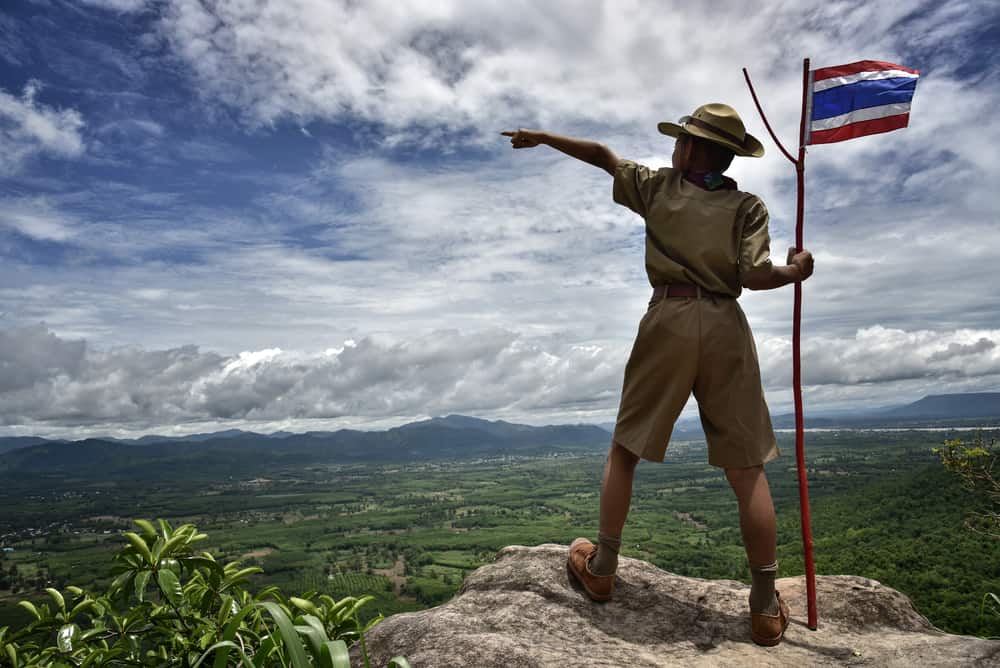
Since Robert Baden-Powell’s days, campaign cover has been associated with scouting. Boy scouts in America still wear campaign hats. Mainly they are worn during ceremonials such as the presentation of items by troops. Additionally, they are worn by local councils, community, and business leaders, being honored for their achievements in scouting.
Materials/ Fabrics Used in Crafting the Campaign hats.
Leather
Most campaign hats blend leather fabric material to enhance durability. In addition, leather is favorable to most climatic conditions; thus, integrating leather in headgear ultimately provides an extra firewall from hazardous weather conditions.
Wool
The lightweight material is ideal for making breathable campaign hats. They are classic hand-wash-only quality hats.
Acrylic fiber
These are synthetic fibers made from a polymer. The material is lightweight, soft, warm, and integrates a wool-like texture. Unlike natural fibers, acrylic yarn is more resilient and less expensive. Campaign hats can be woven using these materials.
Cotton
Cotton is a lightweight material that can be used to weave campaign hats. Cotton material produces stylish, lightweight, breathable, durable, and premium covers. Additionally, campaign hats made from cotton may feature different colors.
Alternative options to Campaign hats
Cowboy hats
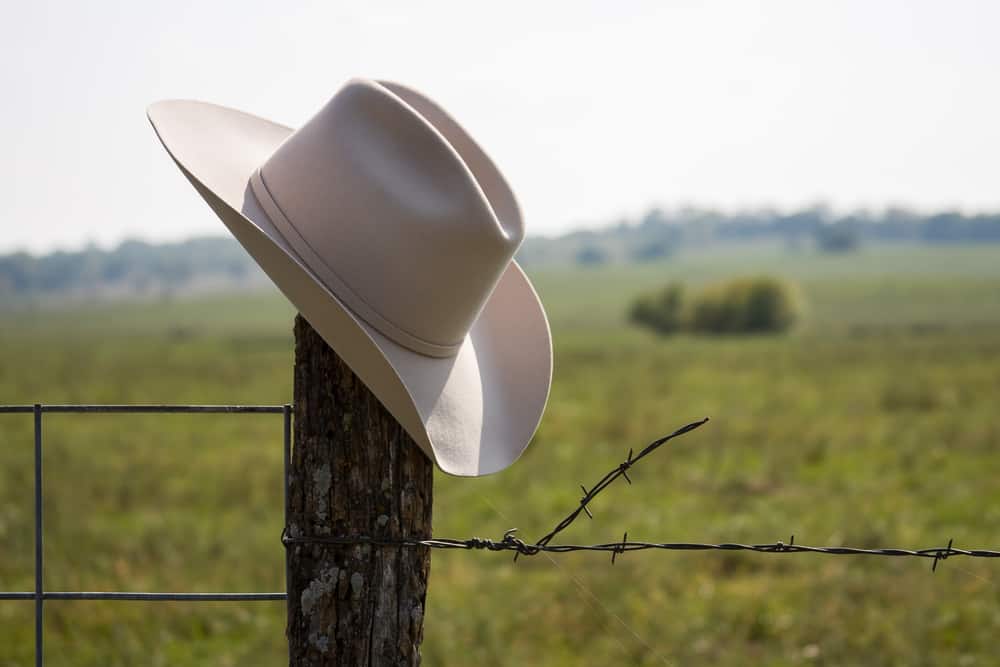
It is Stetson gear that has different creases and brims. The western hats are made of fur-based felt. They coalesce with a tall, round crown and a broad flat visor. They are worn mainly by ranch/farm personnel. Most cowboy hats feature the front-creased Carlsbad model. Cowboy hats have a simple sweatband on the side to stabilize the fitting on the head.
Slouch hats

They are wide-brimmed felt hats, often with a chinstrap. Slouch hats have been associated with military personnel. The Australian bush hat/ digger hat has one side of the brim turned up or pinned to the side of the hat. Other models have a badge attached to the front of the brim.
Caps/Berets hats
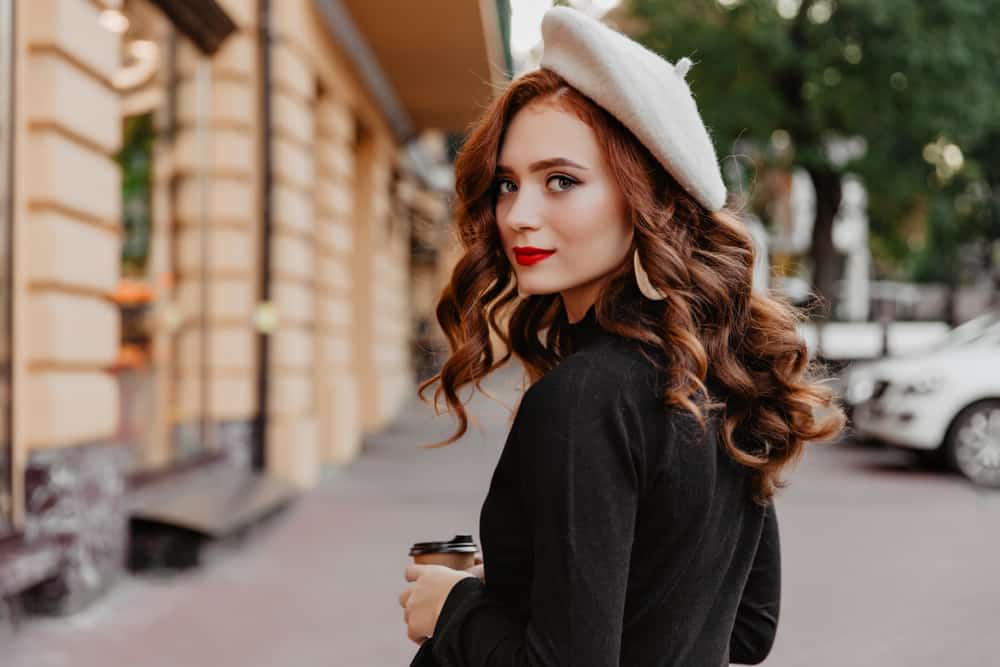
A beret hat is a soft, round, and flat-crowned cap. They are usually woven or hand-knitted with wool, acrylic fiber, or crocheted cotton. Berets were popularized in the 10th century amongst military and police units. This Basque-style beret was adopted within the crafting of traditional headgear. Modern berets adorn a cap badge and a drawstring for easy tightening.
Types of campaign hats
Summer campaign hats: They are made from lightweight fabrics to allow cooling and aeration.
Stetson Boss of the Plains: They are 1883 campaign hats creased into pointed tops
Different campaign hats can also be identified through head shapes such as; regular oval, long oval, broad oval, and extra-long oval.
Various patterns of campaign hats
The standard type of campaign cover integrates different colors with a high crown, pinched symmetrically at the four corners.
Crease designs; the pattern was influenced by the sombreros worn by Mexican vaqueros.
Modern innovation has led to the crafting of a Diamond pattern hat.
How to wear Campaign hats

The chinstrap is used behind the head to balance and hold the hat down.
The campaign cover is to be worn slanted downward. Position the hat by simply extending your index and middle fingers. Place the two fingers along with your nose so that the index fingertip is at the top of your nose. Let the tip of the index meet your brow.
With your free hand, take the brim of the cover down until it touches your middle finger. Now position your hat uniformly at a downward angle.
Have the appropriate rank pin front and center above the brim. Press the brim properly to ensure it’s straight and crisp. The strap should be aligned on the upper part of the brim.
Pros associated with campaign hats
Campaign hats can be worn to demonstrate proven leadership, professionalism, and commitment to the mission.
It is an accessory that symbolizes the lineage of the past.
Campaign hat wearers adopt an extreme posture that hides their eyes, thus creating a cheap-body language trick to intimidate others.
The hats are used as presentation items to recognize personnel for their service.
Cons associated with campaign hats
They are expensive accessories.
Some qualities are unfavorable during harsh climatic conditions.
History of Campaign Hats
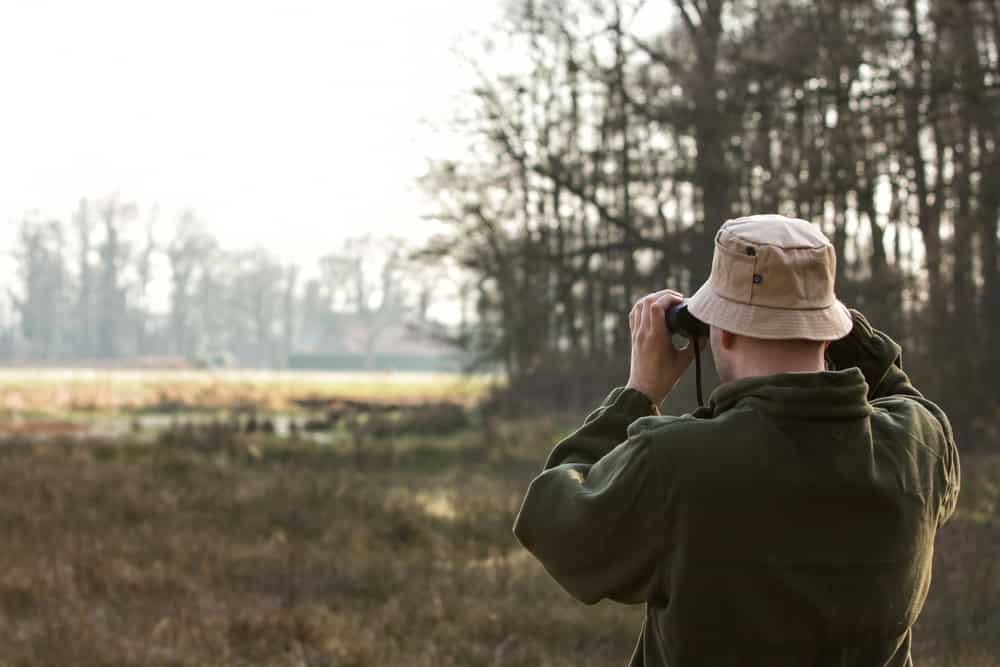
The initial hats can be traced to the 1840s. First, army troops in the west wore these practical hats. Then, the black felt campaign hats were popularized between 1876 -1883 during the American Civil War. Next, the British South African Company crafted campaign hats that integrated pointed tops to keep off the rain.
In late 1896, British officer Sir Robert Baden-Powell introduced the campaign hats to the South African Constabulary. Sir Robert Baden-Powell amalgamated the campaign hats as part of the official uniform on 1,200 Canadian troops serving under him. Later on, most British troops incorporated the hats as part of their official uniform.
On 8 September 1911, the Montana Peak pinched design was adopted. The reshaping of the crown was necessitated as the previous shaping held rainwater from the frequent tropical downpour. During the World War I era, various soldiers and army troops wore campaign hats featuring different colored chords depending on the ranks. Later in the 1930s/40s, the felt was made stiffer with a permanent flat brim.
Price range and market
The price tags may vary depending on the model, fabric material, manufacturer, brand, and overall features. Shop the preferred campaign hat from local retail shops/manufacturers or from online markets such as Amazon and Stratton hats. Averagely an ideal and quality campaign that can cost as low as $ 11.



